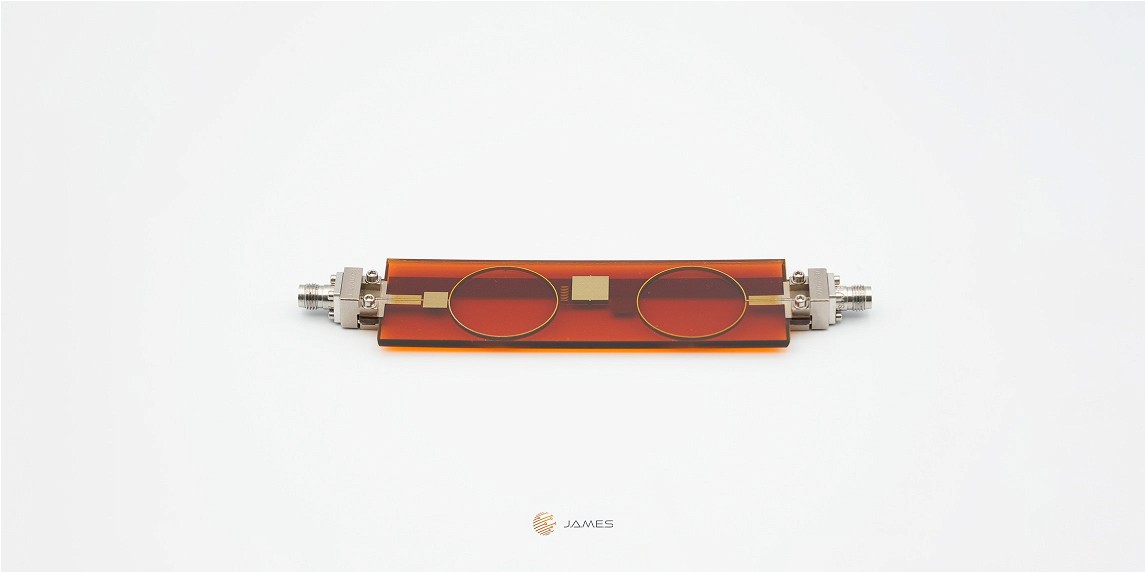Lumped AME Filters

The AME coils and capacitors are introduced in the methodology, where it mainly focuses on designing a lumped AME element filter. It should include a manual intervention to its minimum level, and its application should be in the mode of maximum automation. The first step involved in this process is defining the desired filter specifications. An algorithm residing in software generates the coils and capacitors of AME with some optimized parameters which will provide the required performance and compatibility in its application. The respective designs are converted to a complete CAD model. This CAD model strictly follows the design rules provided for the chosen 3D print process. These are pre-final methodologies that ensure the CAD model is ready for print and needs no extra adjustments. This is a single, streamlined process more efficient and accurate. Consistency will be delivered to design automation, and we build in the reduction of time in producing this design. Hence, there is an uninterrupted transition from design to manufacturing of high-quality functional AME filters.
3D-Model Preview
Current Technology Limitations
There will be limitations in terms of the maximum applicable frequency, because at some point, lumped coils and capacitors will stop behaving as inductivities and capacities respectively. Depending on the chosen process, the derived methodology should be able to validate if the desired frequency band can be handled with lumped element filters. Another question that could be addressed is the capability of the AME lumped element filters to be used in high power applications. The derived methodology should be able to validate the suitability of the potential filter design for the required power level.
Future Field of Application
Manufacturing lumped element filters with AME technology can achieve a very high reproducibility. Since the filter can directly be incorporated into the remaining AME structure, fewer unpredictable disturbances (solder contacts for example) may cause deviations for the desired behavior. Thus, manual fine tuning of individual filters can be omitted. Furthermore, it is expected, that, compared to conventional lumped element filters with COTS capacitors and coils, using AME lumped element filters will lead to a highly increased maximum frequency, at which the filter is still behaving as expected.
List of Requirements and Targeted Architecture
Ame Bandpass Filter - Design and Realization
To realize an optimized full 3D-printed AME-filter by simulation without additional manual tuning effords
Related Articles

Witnessing The Future Of 3D Printing Electronics With FPM-Trinity










